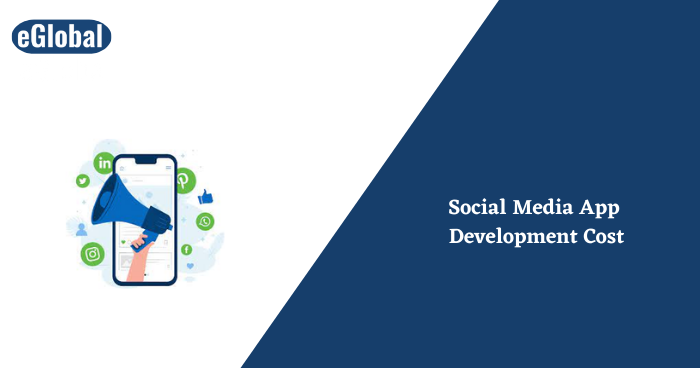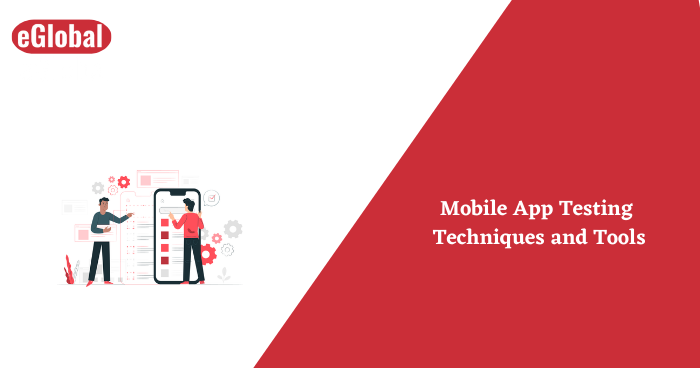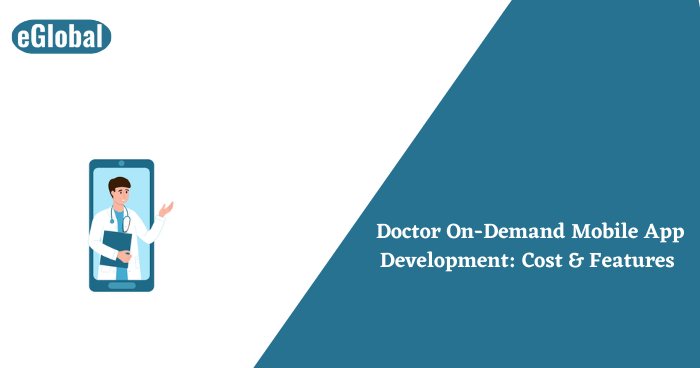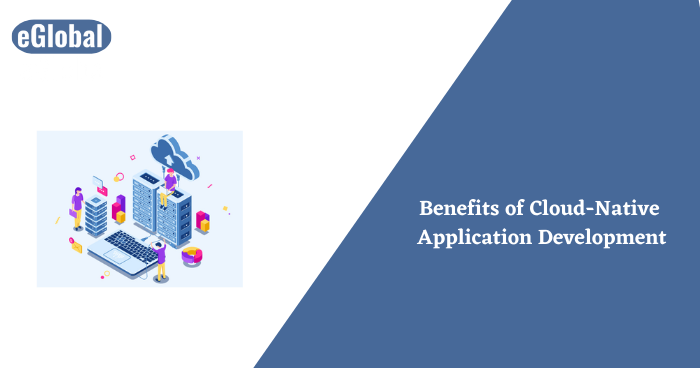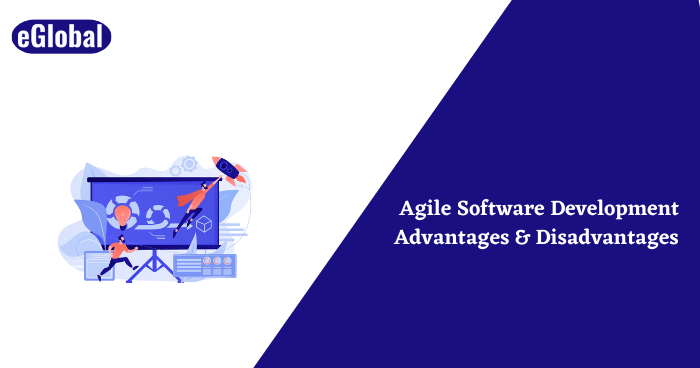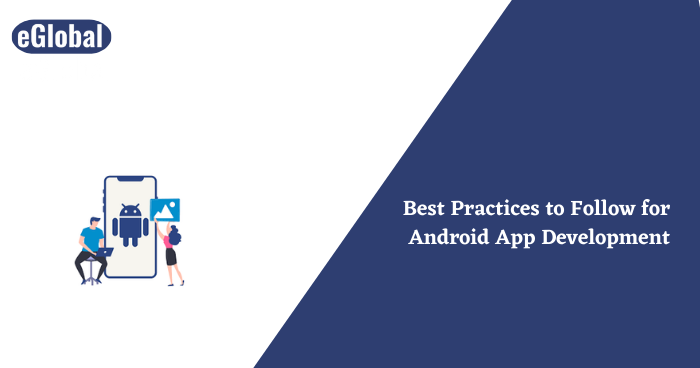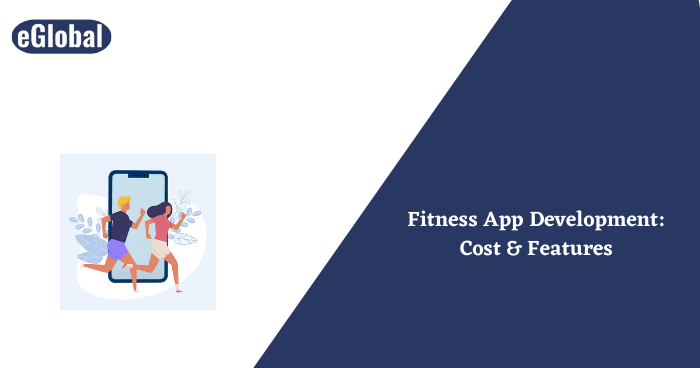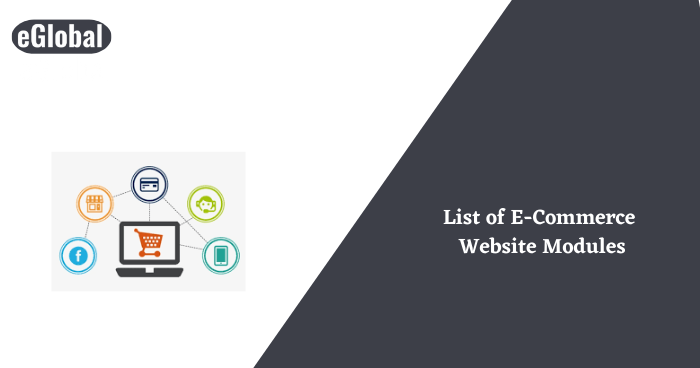Foreword
In this article we are going to focus on social media app development cost! Before developing an app, everyone’s primary concern is the cost. Whether it is within budget or not? Is there a way to get it done at cheaper rates?
After all social media is the new hype in today’s generation. Kids and many adults learn new things more on social media than in school or their workspaces. The cost of a social media app development is different from other mobile applications because there are various aspects to consider. The costing majorly depends on the hours each feature requires to get developed. There must be certain questions rising in your mind but that’s fine because today we are here to answer your questions so let’s get started.
Types of social media applications
There are different types of social media platforms. The cost of the application depends on the feature a certain app provides. The one with a fewer number of features will charge less.
So let us check out the types first:
- Media sharing networks
- Relationship networks
- Online reviews sharing platform
- Social publishing platforms
- Discussion forums
- Bookmarking sites
- Interest-based networks
The media sharing platforms and the relationship networks are the most widely used social media platforms with the most numbers of features. Thus, the development cost of such applications.
check: On-Demand App Development Cost
Main features of a social media application
As we already discussed, more the features higher the cost. There are certain features without which a social media application is incomplete.
Registration of users:
the first step whenever we use social media. It should be easy yet interactive. Without registration, no user will be able to use your application. This is where your costing will start. This might take 50 to 55 hours.
Building a profile:
after registration, if a user doesn’t have a strong profile, no one will visit it. You will have to provide features to build an interactive profile. You may be charged extra and the cost will vary depending upon the app developing company. The developing hours may vary from 60 to 70 hours.
Messaging feature:
the most prominent feature of social media is real-time messaging or chatting. It should be user-friendly and very attractive. This might take 210 to 220 hours of development.
Sharing posts and video:
the second most important feature of social media applications. It requires the most skilled engineers. The beauty of this feature depends on the creative user interface you have provided. If your app lags a lot, this feature will be a wastage of time and money. All in all this feature take up to 220 hours in developing.
Voice calls and video calls:
this is a new feature being used for over a decade now. Video calls should be made easier for every user no matter what their age is. Thus, this feature should take at least 180 to 220 hours.
Settings of any application:
the account management lies in the setting of any application. Changing profile pictures, updating bio and status, and several other settings are very important while developing an app. The development hours vary greatly in this feature. There are very few settings in one app and many settings in the other. Hence, to estimate its developing hour you may consult an app development provider.
Searching or exploring features:
this is also one of the most important features because to find a certain name or profile just by scrolling is not an easy task. This helps you type the name of their profiles and then search them. These features could take 20 to 30 hours.
Cloud storage and security:
all mobile-friendly application provides the feature to store your data on clouds. This means that you can log in on any device by entering your credentials and accessing your data easily. Secondly, security is very crucial when we talk about social networking.
If the security of your application is pirated or could easily be hacked, nobody is going to use it. This feature also depends on the number of subcategories you want to add to it. Thus estimating the development hours are a bit different.
Interactive user interface:
it is known to be the face of any application thus it should be beautiful and intriguing. It should be smooth and should not lag on interruptions like phone calls, low batter, and normal notifications. This is the overall feature and this may take 220 hours.
There are a few other features like in-app purchases, premium features, placement of appropriate advertisements, etc. Which should be considered before calculating the cost of the application. These features bring in extra income to you. These features are optional, hence not mentioned in the above list.
So, these were all the features with their approximate time consumption. The cost depends greatly on the company you choose for your app development, thus, choose wisely.
Are you planning to hire developer to develop an app for your business? contact us & get free quotation today.
visit: eGlobal

